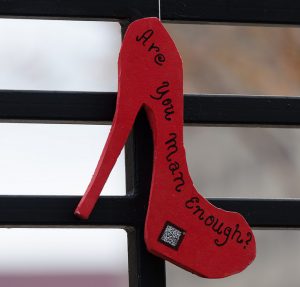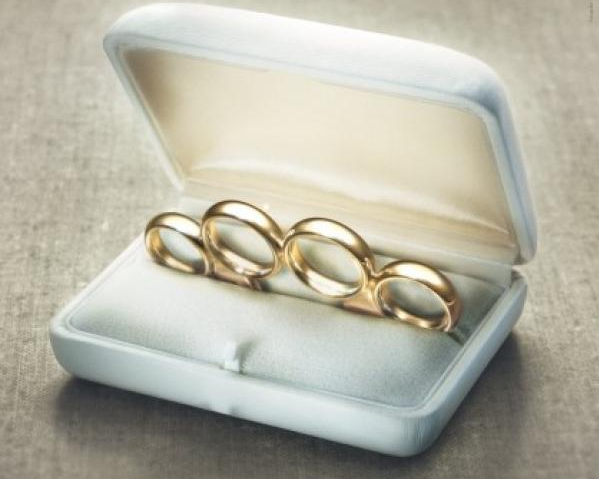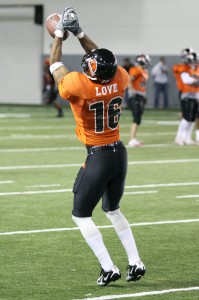
Generally, domestic violence is something we think of as linked to, and limited by, the boundaries of the home. The recent tragedy in San Bernardino, however, makes us rethink such notions, as the attacker shot his wife — an elementary school special-education teacher — at the school, killing an 8-year old student in the process. Incidents like this highlight the ways that domestic violence not only affects the domestic sphere, but also the community at large.
In an article on Angelus, sociologist Silva Santos of the Social Security Institute in Uruguay discusses how, out of all the homicides that occur among people who know each other in the United Nations, 79 percent of the victims are women. This phenomenon is reflective of a general social trend wherein women are already treated unequally in public spaces. As Santos describes,
“Domestic abuse is based on gender violence, as well as in other types of violence that society chooses to ignore. For example, street bullying, or within the work environment are behaviors that society overlooks, but they who bully grow accustomed to seeing women as their property or as objects with which they can do whatever they wish.”
In essence, the gender discrimination and harassment women face on a routine basis forms the foundation from which domestic abuse is enacted, a platform wherein women are already treated like second-class citizen in the general community. This is mirrored by incidents such as the shooting in San Bernardino, where domestic violence spills out of the home and affects the community at large. Moving forward, it will be important to consider how issues of gender violence and domestic abuse are interconnected.


